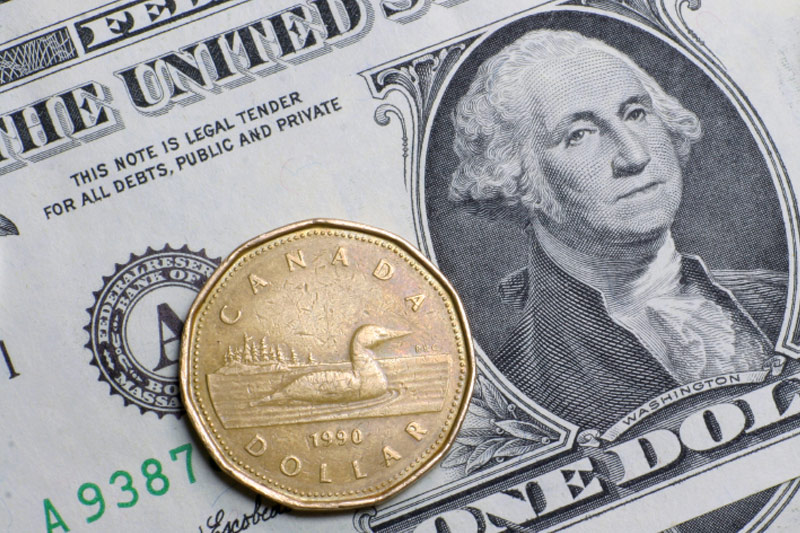Investing.com - The U.S. dollar rose against its Canadian counterpart on Thursday, easing off a four-month low after the European Central Bank’s decision to cut interest rates and boost its quantitative easing program dampened demand for riskier assets.
USD/CAD hit 1.3310 during early U.S. trade, the session high; the pair subsequently consolidated at 1.3286, gaining 0.30%.
The pair was likely to find support at 1.3152, the low of November 6 and resistance at 1.3446, Wednesday’s high.
Market sentiment weakened after the ECB cut its benchmark interest rate to a record-low of zero from 0.05%. Market watchers had been expecting no change.
The central bank also cut the deposit facility rate deeper into negative territory, to minus 0.4% and cut the marginal lending rate cut to 0.25% from 0.30%.
In addition, the ECB boosted its quantitative easing program by €20 billion per month to €80 billion, starting in April.
Speaking at the conclusion of the ECB’s policy meeting, Draghi said the quantitative easing program will run until the end of March 2017 or longer if needed and would continue until there is a sustained rise in inflation.
Draghi added that the ECB expects to maintain interest rates at “present or lower levels for an extended period of time, and well past the horizon of our net asset purchases”.
The ECB also cut growth forecasts in their most recent projections to 1.4% growth for the euro zone in 2016, compared to the prior 1.7%, and then 1.7% in 2017 from the previous 1.9%.
The greenback also found support after the U.S. Department of Labor said the number of individuals filing for initial jobless benefits in the week ending March 5 decreased by 18,000 to 259,000 from the previous week’s total of 277,000.
Analysts expected jobless claims to fall by 2,000 to 275,000 last week.
The loonie was lower against the euro, with EUR/CAD climbing 0.58% to 1.4660.
